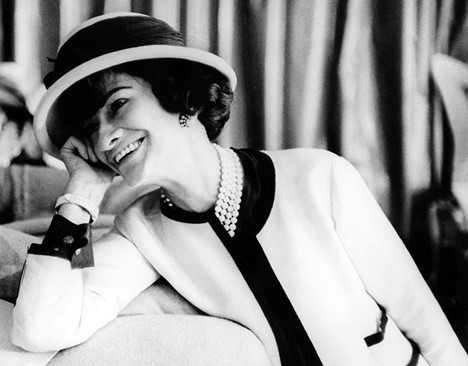By Christina Smart
When Charles Frederick Worth founded the first haute couture design house in Paris in 1858, and invented the phrase ‘fashion designer’ along the way, he managed to promote the idea that fashion is an art form and not just mere dressmaking.
Since Mr. Worth’s proclamation, the world of fashion has expanded far beyond anything he probably initially imagined, aided by designers who have stood the test of time.
Louis Vuitton
Louis Vuitton was established four years prior to Mr. Worth’s design house, but was merely in business of trunks and boxes at its start. Opening his atelier in Asnières, just outside of Paris, in 1859, the brand focused on bags, wallets and purses for well over a century. It wouldn’t be until 1998, and the hiring of Marc Jacobs as Artistic Director, that the designer would launch a pret-a-porter line of men and women’s clothing.
Chanel
Gabrielle ‘Coco’ Chanel was absolutely born at the right place and time. Born in France in 1883, the groundbreaking designer would open her first shop in Paris in 1910, initially selling hats. This would soon expand to clothing and along the way, Chanel would invent pieces that are still coveted today including the collarless Chanel jacket, the quilted purse and the little black dress.
Gucci
Gucci, like Louis Vuitton, was initially established in 1921 as a luggage manufacturer. Its founder, Italian designer Guccio Gucci, was first inspired by his time as a porter at London’s Savoy Hotel, where he would observe the high society travelers (and their luggage). Always an innovator, when leather became scarce in Italy in the 1930’s (due to sanctions), Gucci expanded his textiles to include a tan hemp fabric and Japanese bamboo for the handles, something that is standard for Gucci bags today. They were much faster than Louis Vuitton, however, when it came to their ready-to-wear line, launching it in 1981.
Balenciaga
Spanish designer Cristóbal Balenciaga was deemed not only “the master of us all” by Christian Dior but fashion editor Diana Vreeland singled him out for creating the future of fashion. The son of a seamstress, Balenciaga opened his first boutique in San Sebastian in 1919 (followed by stores in Madrid and Barcelona) which were prosperous until the start of the Spanish Civil War forced their closure. Launching his first Paris boutique in 1937 under the name Balenciaga, the designer was so successful and so sought after that customers would travel to occupied France during World War II to buy his clothing. What’s most notable about Balenciaga, besides his groundbreaking designs, is his legacy that lived on through designers he trained including Oscar de la Renta and Hubert de Givenchy.
New York Fashion Week
As the fashion world prepares for the return of a somewhat normal New York Fashion Week (NYFW), which will feature American designers including Michael Kors, Anna Sui and Jason Wu, it’s not hard to trace modern designer influences that lead directly to the past.
Moschino, who will be making its NYFW debut on Sept. 9, has a history of satirizing haute couture staples (like the Chanel dinner suit) creating a version in less expensive textiles like denim. Its current creative designer, Jeremy Scott, was once crowned by Karl Lagerfeld, when he was creative director of Chanel, as “the only person working in fashion who could take over Chanel when I left.”
Carolina Herrara, who will be showing on Sept. 9, was introduced to fashion by her grandmother who would take her shows by Balenciaga and purchase clothing for her from Lanvin and Christian Dior.
With these ties to the past, designers can use their influences to create the fashion of the future.






